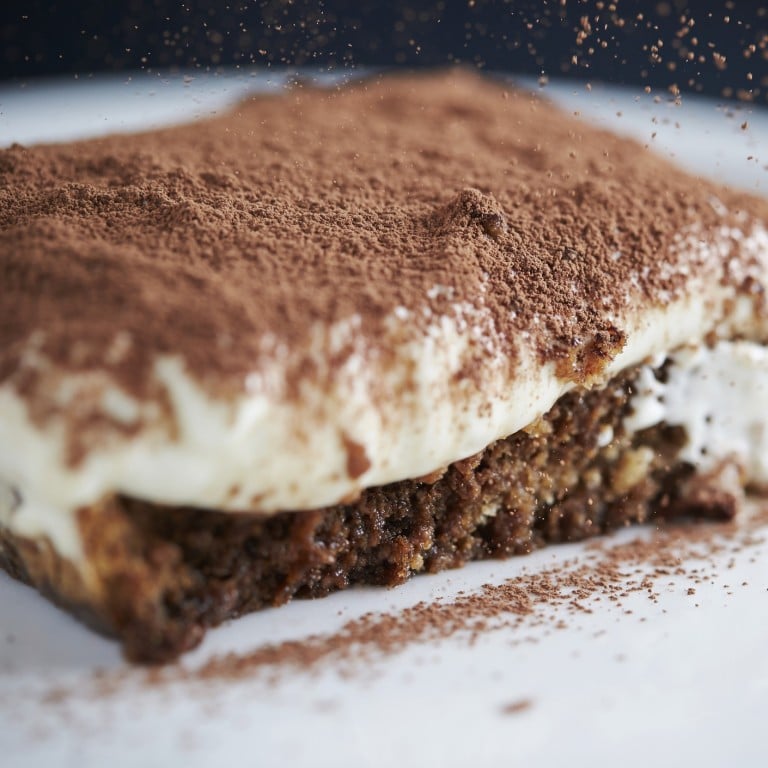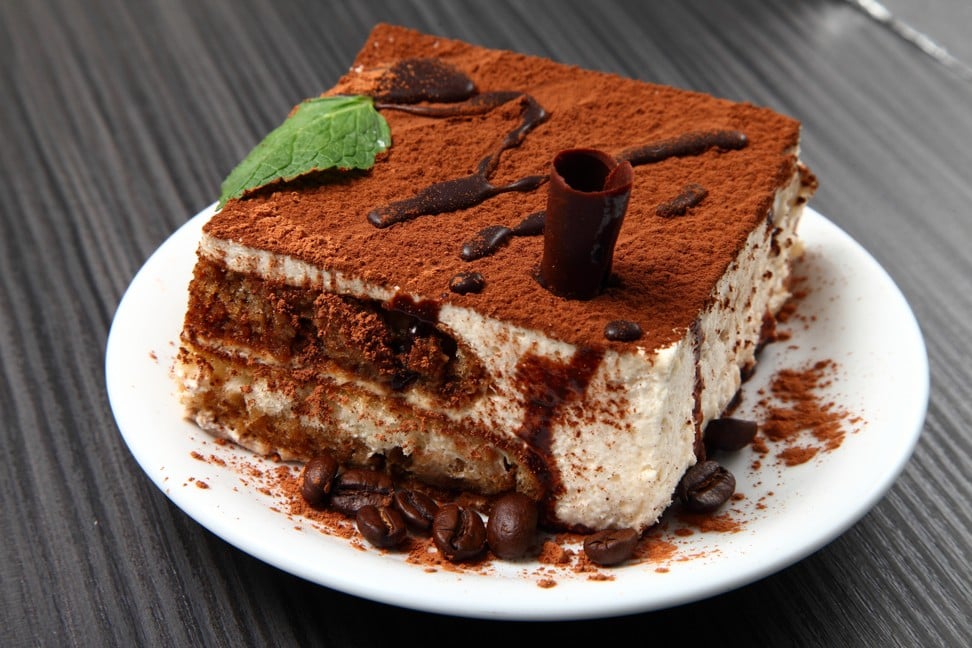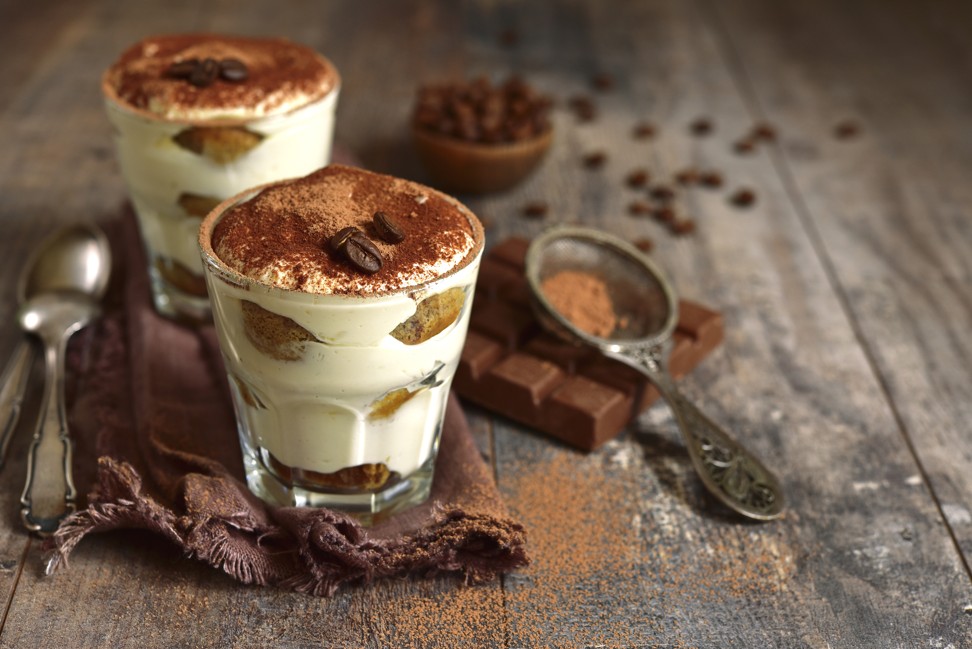Is tiramisu an aphrodisiac? The illicit origins of the Italian dessert born in brothels and fit for playboys and kings

Did you know Italy’s most beloved dessert is also said to be a powerful aphrodisiac? Laced with sugar and booze, tiramisu is a potent energy bomb that not only tantalises taste buds and lifts the spirit – but can also apparently provide a certain physical excitement.
“The prostitutes loved the new recipe – as did an aristocrat who, after savouring it, had a wild night of passion with the girls until the following morning”
That’s what can be surmised from tiramisu’s decidedly kinky backstory, anyway. There are many tales charting the dessert’s origins, but the most intriguing says it was a prostitute’s treat made inside brothels in the gorgeous northern town of Treviso, in the Veneto region. It was served to reinvigorate clients and keep the sex business ticking over.
“One cold evening in the 1800s at a local inn, a cook had the brilliant idea to mix egg yolk, sugar, coffee, sweet wine and chocolate powder, and pour it over leftover sponge cakes nobody wanted,” explained Anna Maria Pellegrino, a chef and member of Italy’s Tiramisu Academy – an organisation established to “disseminate the true geographic origins and the authentic ingredients for the traditional recipe”.
“The prostitutes who killed time at the tavern loved the new recipe, alongside an aristocrat client who, after savouring it, had a wild night of passion with the girls until the following morning,” added Pellegrino.
To honour the memorable night he had enjoyed thanks to that potent dessert, the nobleman named the creation tiramisu.
“Ever since the middle ages Treviso has been called Italy’s ‘Happy Kingdom’, people loved to have fun and sought pleasure in all aspects of life,” says Pellegrino.
Why do the Russians love ‘slut’ spaghetti?
Brothels served a sugary egg yolk potion dubbed “sbatudin” that literally means “gimme a shake or lift me up”. Even local housewives feasted on “sbatudin” after child labour to recover strength, and Italian mothers nowadays still give babies cupfuls of it to make them grow strong.
When Italy’s government shut brothels in the 1960s, Treviso’s restaurants adapted “sbatudin” into the tiramisu recipe for everyone to enjoy.
“It was a picturesque reality: the tiny historical centre was dotted with dozens of brothels packed with customers where tiramisu was prepared on a daily basis to restore vitality. Today it’s part of our DNA and each granny has her own recipe,” says Alberto Nascimben, pastry chef and owner of Trevissù cake boutique, which dates to 1865.
Nascimben organises tiramisu tasting sessions and labs for tourists and will soon open a tiramisu-themed B&B.

Each year Treviso holds Tiramisu Day, luring the sweet-toothed from all over Italy. This year it takes place on October 6. The dessert is prepared inside square baking tins and served in slices, like lasagne.
Treviso’s original recipe is made of layers of Savoiardi ladyfingers biscuits dipped one by one in a whipped mixture of mascarpone cheese cream, egg yolk, sugar and coffee, with a final sprinkle of chocolate powder. No alcoholic liqueur is added.
Why is risotto yellow? The history of Milan’s golden rice
But the neighbouring region of Friuli Venezia Giulia recently claimed the paternity of the heavenly dessert and has introduced it in its legal list of territorial, protected products, says Pellegrino.
Despite its disputed origins, the dessert maintains its illicit whiff even in the Friuli version of events.

According to this opposing story, the dessert was invented in the 1940s by a young cook called Mario Cosolo from the town of San Canzian d’Isonzo, who had a knack for experimenting with new cakes in the kitchen-lab of his family’s restaurant Al Vetturino.
When he was 19, Cosolo boarded a royal ship to cook for Italy’s King Victor Emanuel III. One day the head chef held a contest among the cooks to see who made the best dessert in the shortest time to serve to the king. That’s when Cosolo improvised and created the concoction. The monarch loved it, and so once back home Cosolo decided to include the dessert in his tavern’s menu.
Where does laksa come from and how did it get its name?
But it was a different version, says Pellegrino. Cosolo served his inside an oval long-stem wine glass, as a semi-frozen dessert to scoop up with a spoon, starting from the very bottom. He had yet to come up with an evocative name for his creation, which was simply called “Coppa Vetturino” (aka Vetturino’s Cup).
Once again, just like in Treviso, kinkiness and romance lent a hand in providing inspiration.
The second world war had just ended and people were desperate for some fun. One evening an ecstatic client who was having an affair with the tavern’s waitress congratulated Cosolo for the superb dinner – particularly the dessert, saying it “literally lifted me up” (making him feel rather sexually aroused).
That’s how the name was born: “tirime su” in local Friuli dialect.
The chef’s daughter, Flavia Cosolo, has been touring the world lately to promote her father’s tiramisu legacy and to tell the story about the (true?) origin of the dessert fit for kings and playboys.
As opposed to Treviso’s slice, Friuli’s semi-frozen cup is alcoholic due to the addition of Marsala sweet wine. There’s no coffee, but fresh cream is mixed with chocolate cream, while stratified sponge cake replaces the ladyfingers.
“It doesn’t matter which town first invented it, or which is the best or correct recipe, yet Treviso spread tiramisu’s popularity, making it one of the world’s top desserts,” says Pellegrino.
Is chicken tikka masala actually Indian, not British?
The dessert has evolved in time and today there are many twists, including strawberry tiramisu and “de-structured” tiramisu with crumbly chocolate biscuits and a slightly salty taste.
Nascimben makes a vegan version and a “strong” one with rum. To meet rising demand, a few bars in Treviso now use draft machines that ooze out tiramisu as fast as an espresso.
The cake has even inspired liquid and frozen concoctions. Italian bartenders have invented signature tiramisu cocktails with iconic liqueurs, and there are tiramisu-flavoured chocolates, ice cream and confetti.
The name itself is particularly popular in Asia. According to Italy’s linguistics body Accademia della Crusca, “tiramisu” is the most-clicked Italian word on the web in China and Japan – the true test of global domination in the 21st century.
Want more stories like this? Sign up here. Follow STYLE on Facebook, Instagram, YouTube and Twitter .

Traced to Treviso, tiramisu is said to have begun as a prostitute’s treat served to reinvigorate clients and keep the sex business ticking over